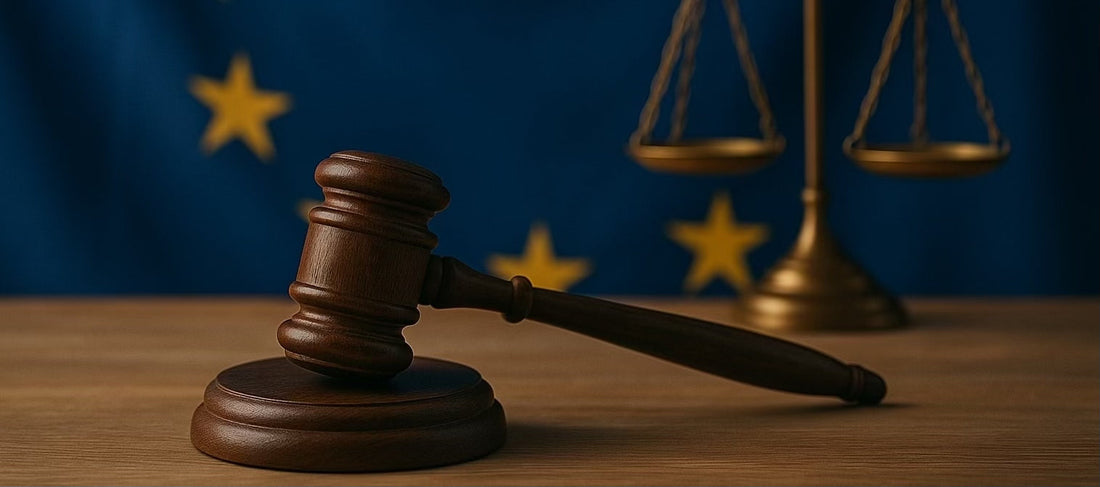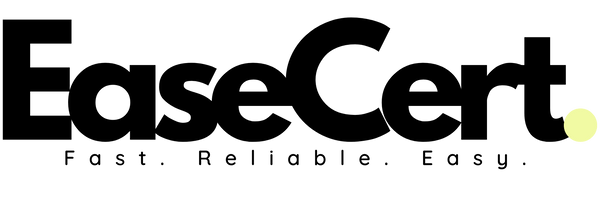
EU GPSR: What Does It Mean for Small Businesses?
The EU General Product Safety Regulation (Regulation (EU) 2023/988) sets uniform safety rules for non-food consumer products across the EU. If you sell on Amazon, Etsy, eBay, or your own webshop, these obligations apply to you.
What the GPSR Changes
The GPSR replaces the General Product Safety Directive (GPSD) and tightens market surveillance, traceability, and recall rules. It clarifies online marketplace responsibilities and requires an EU-based Responsible Person for non-EU sellers.
Key Effects for Small Businesses
- Clear documentation duties for risk analysis and the technical file. See our GPSR risk analysis process and technical file documentation guide.
- Stricter labeling and warning rules. Review labelling requirements and warning examples.
- Responsible Person obligation for non-EU brands. Learn more: appoint an EU Responsible Person and why you need a GPSR Responsible Person.
- Online recalls and consumer notifications. See how to handle a recall and new recall requirements.
Who Must Comply
The regulation affects all economic operators placing products on the EU market: manufacturers, importers, distributors, fulfillment service providers, and online marketplaces. Non-EU sellers must appoint an EU Responsible Person before listing products. See Responsible Person roles.
Selling on Marketplaces
Marketplaces may block listings if documentation is missing. Read Amazon EU compliance.
What Products Are Covered
GPSR applies to all consumer goods placed on the EU and NI markets, including CE-marked, secondhand, repaired, reconditioned, or recycled goods.
Exempt Products (Article 2)
- Medicinal products for human or veterinary use
- Food and feed
- Living plants, animals, and certain GMOs
- Plant protection products
- Passenger transport equipment
- Aircraft and antiques
Your Core GPSR Duties
1) Risk Analysis
Identify hazards, estimate risks, and define controls. Cover physical, mechanical, chemical, thermal, electrical, and misuse scenarios. See: risk analysis process.
2) Technical File
Keep a file ready for authorities. Include BoM, drawings, test reports, risk analysis, usability notes, labeling, and instructions. See our technical file guide and compliance guide.
Chemical Compliance
- REACH and POPs screening. See chemical testing explained.
- SDS handling for substances and mixtures. See SDS guide.
3) Labeling and Warnings
Labels must show the manufacturer/importer, postal address, traceability details, and warnings in the target market language. See labelling requirements and warning examples.
Age Grading
Age grading affects warnings and testing. Read age grading in the EU. For toys, see toy safety update.
4) EU Responsible Person
Non-EU businesses must name an EU RP on the label or documentation. Learn more: appoint an EU RP and RP roles.
5) Recalls and Notifications
Maintain a recall plan, track batches, and notify consumers promptly. See recall handling guide and EU Safety Gate registration.
Step-by-Step Starter Plan
- Confirm product scope and intended user. See EU compliance guide.
- Gather evidence and testing. Start with REACH Annex XVII. See chemical testing.
- Build the technical file and labels. See Declaration of Conformity guide.
- Appoint your EU Responsible Person. See guide for non-EU sellers.
Costs and Practical Options
Budget depends on complexity and testing needs. See GPSR costs, what we offer, and our service packages.
Common Pitfalls to Avoid
- No formal risk analysis. Fix with our risk analysis guide.
- Missing importer details or translations. See labelling requirements.
- No recall plan. See recall requirements.
- Ignoring WEEE and packaging obligations. See WEEE guide and LUCID compliance.
Risks of Non-Compliance
Listings can be blocked, fines imposed, and recalls ordered. See what happens if you don’t comply and how to avoid penalties. Also consider the EU Product Liability Directive.
